Australian Criminal Intelligence Commission
The Australian Criminal Intelligence Commission has today released the first National Wastewater Drug Monitoring Program Report, with cocaine consumption in New South Wales capital city sites dominating the national landscape for that drug.
“While methylamphetamine was the highest consumed illicit drug of those tested across all regions of Australia, findings show cocaine usage in Australia is mostly centred in New South Wales across ten capital city and regional sites,” said Australian Criminal Intelligence Commission CEO Chris Dawson.
“Cocaine use is highest in New South Wales by some margin—being almost double the second highest jurisdiction in terms of doses consumed per day.
“The findings from the first National Wastewater Drug Monitoring Program Report are a baseline that will be built upon in subsequent reports to uncover a national picture of drug consumption,” Mr Dawson said.
The findings also complement the existing datasets on the supply of and demand for drugs in Australia.
“Our Illicit Drug Data Report 2014–15 found that New South Wales accounted for the greatest proportion of national cocaine seizures, with 62.3 per cent of the number and 81.1 per cent of the weight of cocaine seized in 2014–15.
“These findings, combined with the results of the first National Wastewater Drug Monitoring Program Report, drive home the need for a greater focus on demand reduction, as our law enforcement agencies continue to focus on reducing supply,” Mr Dawson said.
Data from participating New South Wales sites also found:
- consumption levels of fentanyl, a prescription medication with potential for diversion into the illicit drug market, were high in certain New South Wales regional centres.
- the synthetic stimulants mephedrone and methylone were detected, however, the quantity of the substances was mostly below the level at which it could reliably be quantified.
- tobacco consumption was below the national average.
“This program provides government, law enforcement, and health agencies with an objective evidence base and a timely and regular measure of drug use and emerging trends.”
“The results contained in the first report are integral in shaping a whole of government and whole of community response to the demand for illicit drugs in Australia, and the harms drugs bring to the community,” Mr Dawson said.
The Australian Criminal Intelligence Commission received $3.6 million over three years from Proceeds of Crime funding for the National Wastewater Drug Monitoring Program, and has commissioned the University of Queensland and the University of South Australia to undertake the program and prepare the first research report containing its findings.
The report is available from the Australian Criminal Intelligence Commission website.
